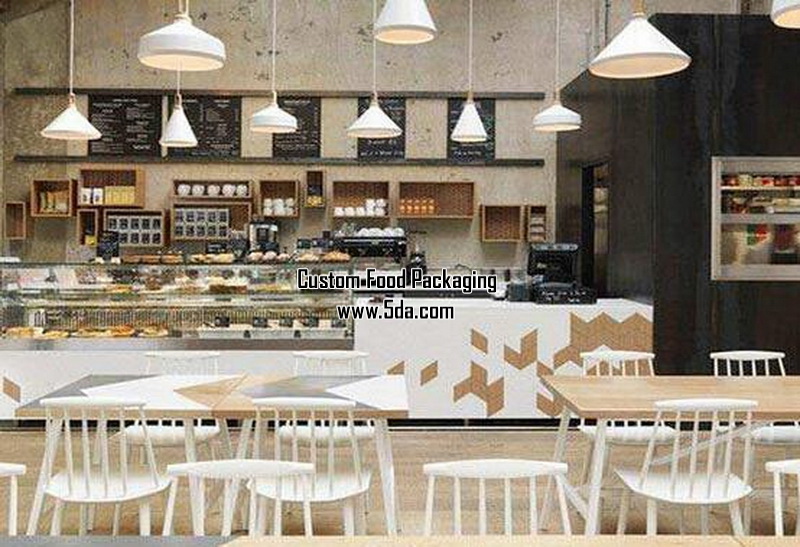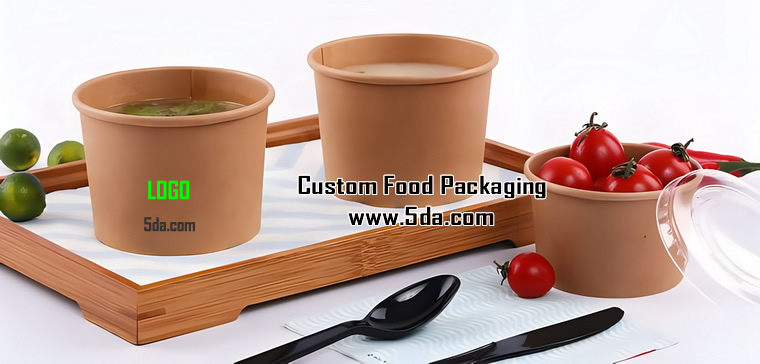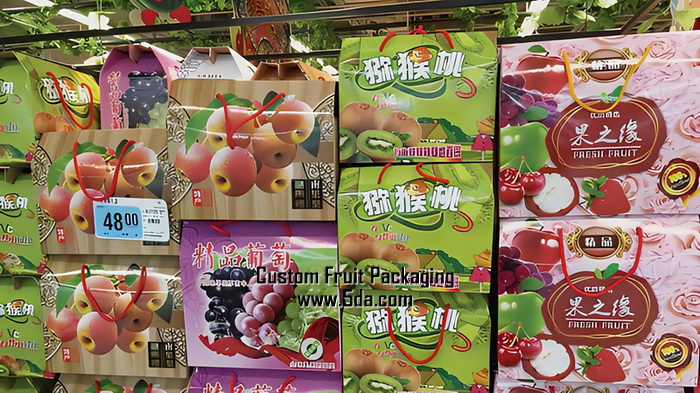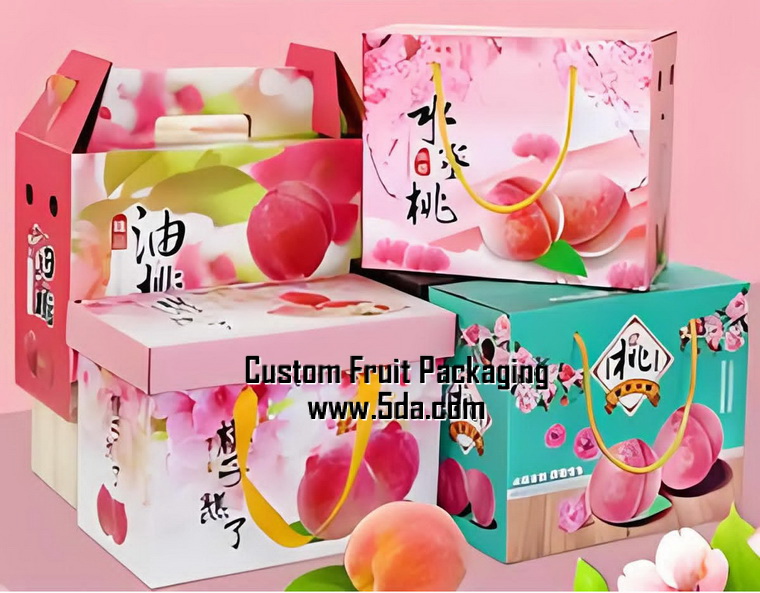Paper Bags or Non-woven Bags for Takeout: Which is Better?
The debate surrounding the use of paper bags versus non-woven bags for takeout has been ongoing for quite some time. Both options have their own set of advantages and disadvantages, making the choice a complex one that requires careful consideration.
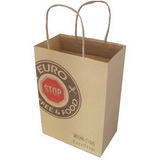
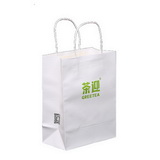
Paper bags have traditionally been a popular choice for takeout packaging due to their biodegradability and recyclability. Paper is a renewable resource, and when produced responsibly, it can have a relatively low impact on the environment. Additionally, paper bags can be easily recycled and composted, making them a more sustainable option than some other types of packaging.
However, paper bags also have their drawbacks. Firstly, the production of paper bags requires a significant amount of energy and water, and the process can generate waste and emissions. Secondly, paper bags are less durable than some other options, meaning they are more likely to tear or become damaged during transport. This can lead to spillage and mess, which is not only inconvenient for customers but also poses a challenge for businesses trying to maintain a clean and professional image.
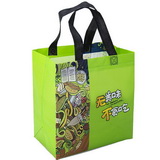

On the other hand, non-woven bags have gained popularity in recent years as a more durable and reusable alternative to paper bags. Non-woven bags are made from synthetic fibers that are woven together to create a strong and flexible material. These bags are often reinforced with additional layers or stitching to increase their durability.
The main advantage of non-woven bags is their durability. They are less likely to tear or become damaged during transport, reducing the risk of spillage and mess. Additionally, non-woven bags can be reused multiple times, reducing the need for single-use packaging and thus reducing waste. This makes them a more environmentally friendly option in the long run.
However, non-woven bags also have their own set of challenges. Firstly, they are not biodegradable and can be difficult to recycle, meaning they can have a significant impact on the environment if not disposed of properly. Secondly, the production of non-woven bags requires synthetic materials, which can have a negative impact on the environment if not sourced sustainably.
When considering the use of paper bags or non-woven bags for takeout, it is important to consider the overall environmental impact of each option. Paper bags may have a lower impact during production if sourced from sustainable and renewable sources, but their disposal can be challenging if recycling or composting options are limited. Non-woven bags, on the other hand, may have a higher initial environmental impact due to the production of synthetic materials, but their reuse potential can significantly reduce waste over time.
Additionally, businesses should also consider the practicality of each option. Paper bags may be more suitable for lighter and less bulky items, while non-woven bags may be better suited for heavier or more delicate items that require extra protection during transport.
In conclusion, the choice between paper bags and non-woven bags for takeout is not a simple one. Both options have their own advantages and disadvantages, and the best choice will depend on the specific needs and goals of the business. By carefully considering the environmental impact, practicality, and cost of each option, businesses can make an informed decision that balances sustainability, convenience, and profitability.


Paper bags have traditionally been a popular choice for takeout packaging due to their biodegradability and recyclability. Paper is a renewable resource, and when produced responsibly, it can have a relatively low impact on the environment. Additionally, paper bags can be easily recycled and composted, making them a more sustainable option than some other types of packaging.
However, paper bags also have their drawbacks. Firstly, the production of paper bags requires a significant amount of energy and water, and the process can generate waste and emissions. Secondly, paper bags are less durable than some other options, meaning they are more likely to tear or become damaged during transport. This can lead to spillage and mess, which is not only inconvenient for customers but also poses a challenge for businesses trying to maintain a clean and professional image.


On the other hand, non-woven bags have gained popularity in recent years as a more durable and reusable alternative to paper bags. Non-woven bags are made from synthetic fibers that are woven together to create a strong and flexible material. These bags are often reinforced with additional layers or stitching to increase their durability.
The main advantage of non-woven bags is their durability. They are less likely to tear or become damaged during transport, reducing the risk of spillage and mess. Additionally, non-woven bags can be reused multiple times, reducing the need for single-use packaging and thus reducing waste. This makes them a more environmentally friendly option in the long run.
However, non-woven bags also have their own set of challenges. Firstly, they are not biodegradable and can be difficult to recycle, meaning they can have a significant impact on the environment if not disposed of properly. Secondly, the production of non-woven bags requires synthetic materials, which can have a negative impact on the environment if not sourced sustainably.
When considering the use of paper bags or non-woven bags for takeout, it is important to consider the overall environmental impact of each option. Paper bags may have a lower impact during production if sourced from sustainable and renewable sources, but their disposal can be challenging if recycling or composting options are limited. Non-woven bags, on the other hand, may have a higher initial environmental impact due to the production of synthetic materials, but their reuse potential can significantly reduce waste over time.
Additionally, businesses should also consider the practicality of each option. Paper bags may be more suitable for lighter and less bulky items, while non-woven bags may be better suited for heavier or more delicate items that require extra protection during transport.
In conclusion, the choice between paper bags and non-woven bags for takeout is not a simple one. Both options have their own advantages and disadvantages, and the best choice will depend on the specific needs and goals of the business. By carefully considering the environmental impact, practicality, and cost of each option, businesses can make an informed decision that balances sustainability, convenience, and profitability.




